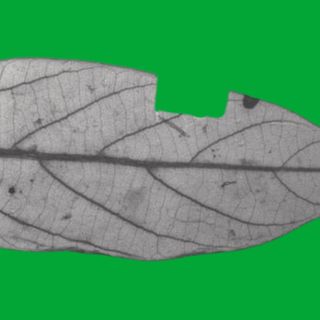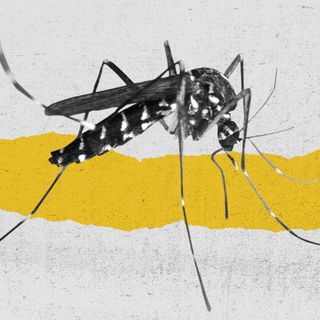A new study suggests that the earthworms have made their way into the the Arctic, and as earthworms are typically wont to do, they are making the Arctic soil more fertile. And, even though that might sound like a positive thing, it’s not.
Published in Nature Communications this April, the study said the increase in plant productivity caused by earthworms in the Arctic region is perpetuating the lost of snow cover in the region. Here’s how: Arctic vegetation is understood to rely heavily on nitrogen, and earthworms provide plants with more nitrogen, thereby aiding their growth. And, as plants grow taller due to the nitrogen-rich soil, that an be attributed to the earthworms, they stick out of the snow, absorb more heat, and accelerate snow-melting.
The worms are perpetuating a vicious cycle of warming. “You have these changes in albedo (or, the reflective quality of a surface). If the surface is darker, which happens if plants are not covered in snow, then less light is being reflected and more heat is being trapped. You get this positive feedback to warming. The warmer it gets, the better plants grow, and then you have this kind of cycle of more plant production and warmer temperatures,” Dr. Gesche Blume-Werry, an ecologist from the University of Greifswald in Germany, told The Guardian.
Related on The Swaddle:
Layering Crushed Rock on Soil Could Reduce CO2 in Air, Slow Planetary Warming: Study
A 2011 study, published in Biological Invasions, which sampled the footwear of travellers arriving in the Arctic region of Svalbard by plane, found an average of 3.9 seeds per traveller — suggesting that a total of around 270,000 seeds made their way into the Arctic through footwear alone. Further, the researchers found that 26 percent of these seeds actually germinated under simulated Arctic-conditions. Experts believe that this is how earthworms have made their way into the Arctic too. In fact, a subsequent study in 2017 squarely blamed human activities for spreading earthworms in the Arctic region. “Earthworm populations are capable of moving five to ten metres per year, which means that they would never have been able to reach the Swedish mountains after the Ice Age on their own,” Adrian Wackett, one of the study authors, said.
“The Arctic is experiencing multiple perturbations that could lead to rapid and profound restructuring of high-latitude ecosystems,” Dr. Bonnie Waring, an ecologist at the Imperial College’s Grantham Institute of Climate Change and Environment, who was not involved in the study, told The Guardian. She also noted that the study elucidates how human beings change natural ecosystems in so many ways, extending far beyond just burning of fossil fuels.
Jesamine Bartlett, polar and alpine ecologist from the Norwegian Institute for Nature Research, called earthworms the “aliens to watch,” adding: “Don’t be distracted by the big glossy, invasive plants. See what’s happening in your soil.” According to her, they are some of most damaging invasive species — because they dwell in the soil, people don’t see how big of a problem these detritivores could be to the ecosystem. “If the earthworms are given the chance to establish, they are virtually impossible to get rid of,” Jonatan Klaminder, one of the authors of the 2017 study, had warned in 2018.




